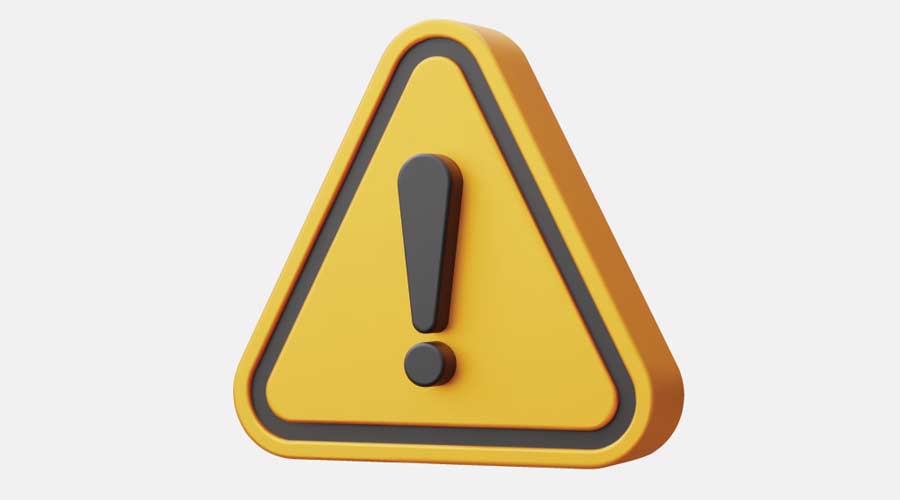
As America ushers in the new era of hybrid and flexible working following the pandemic, Reckitt’s Lysol Pro Solutions, a science-led business-to-business offering, reveals the top 10 germiest surfaces in the workplace – including elevator buttons, refrigerator doors, and keyboards.
The research, conducted by a team of scientists, uncovers higher-risk hotspots a typical office worker can unknowingly encounter throughout the working day, potentially exposing them to germs such as rhinovirus, rotavirus, and norovirus. These encounters can lead to catching a cold or result in stomach problems such as nausea, vomiting, and diarrhea.
Over 50 percent of American workers are currently working from home more than four days each week, and a third of workers indicate a preference to be fully remote. If companies are to be successful in encouraging employees to come back to the office, whether hybrid or full-time, giving them the confidence that important hygiene protocols are in place to help protect from germs at work is critical.
The move to hybrid working also means that when employees come into the office, they often do so specifically to meet with their co-workers in communal spaces. Coupled with the rise in “hot desking” or “hotel desking,” where almost a fifth (19 percent) of all American office workers now have no assigned desk, this combination can lead to shared surfaces being touched more regularly by different people than in a pre-pandemic office. As a result, illness-causing germs travel around the workplace differently than before.
Against this backdrop, the following surfaces were identified by the Lysol Pro Solutions team as the top 10 germiest hotspots in a typical U.S. office:
Entrance areas:
• Elevator Buttons
Communal kitchen:
• Coffee machine handles/buttons
• Refrigerator doors
• Kitchen sink tap/handles
• Vending machines
Restrooms:
• Door handles
Workspace:
• Keyboard & mouse
• Telephone
• Shared printers
Conference room:
• TV remote control
By focusing cleaning and disinfection measures on the germiest hotspots, employers and facilities managers can develop a targeted hygiene program that helps provide protection for workers. Lysol Pro Solutions’ science-led approach considers the composition of what materials different office surfaces are made of, where and when employees interact with each other in different areas, and the applicable disinfection products. The Lysol Pro Solutions approach also empowers workers to better understand how they can control the spread of germs and engage in the hygiene experience by equipping them with the products and education to help protect themselves and those around them.
Hotspots such as keyboards and elevator buttons present a unique challenge when it comes to cleaning and disinfecting. These uneven surfaces with multiple crevices provide a host of hiding spots for germs and must be given extra attention by cleaning teams and employees when being cleaned and disinfected.
In addition, timing and frequency of cleaning must be given special consideration for common area hotspots – for example after a meeting has taken place in the conference room. If cleaning staff can’t clean before and after every meeting, disinfecting products can be placed in the conference room for employees to use to help protect themselves and their co-workers. It is also unrealistic to expect elevator buttons to be disinfected by cleaning staff after every use. So, empowering office workers to engage in the hygiene experience, for example by practicing good hand hygiene before and after touching these surfaces or using a disinfecting wipe on the buttons before touching them, can help break the chain of infection of germs.
Dr. Lisa Ackerley, director, Medical and Scientific Engagement, Hygiene, at Reckitt’s Lysol Pro Solutions, comments: “The sheer number of shared surfaces in today’s evolving workplaces makes it easy for germs to be spread and harder for cleaning teams and employees to understand where, when, and how to clean and disinfect potential hotspots. To help protect offices, additional germ-protection must be implemented by both employers and by employees themselves. Knowing exactly which areas to focus disinfection on and when provides the framework for a more intelligent approach to hygiene, helping inspire confidence amongst America’s workforce to return to the office.”

 The Down and Dirty on Cleaning in Virus Season
The Down and Dirty on Cleaning in Virus Season How Surfactant Use is Expanding in Commercial Cleaning
How Surfactant Use is Expanding in Commercial Cleaning